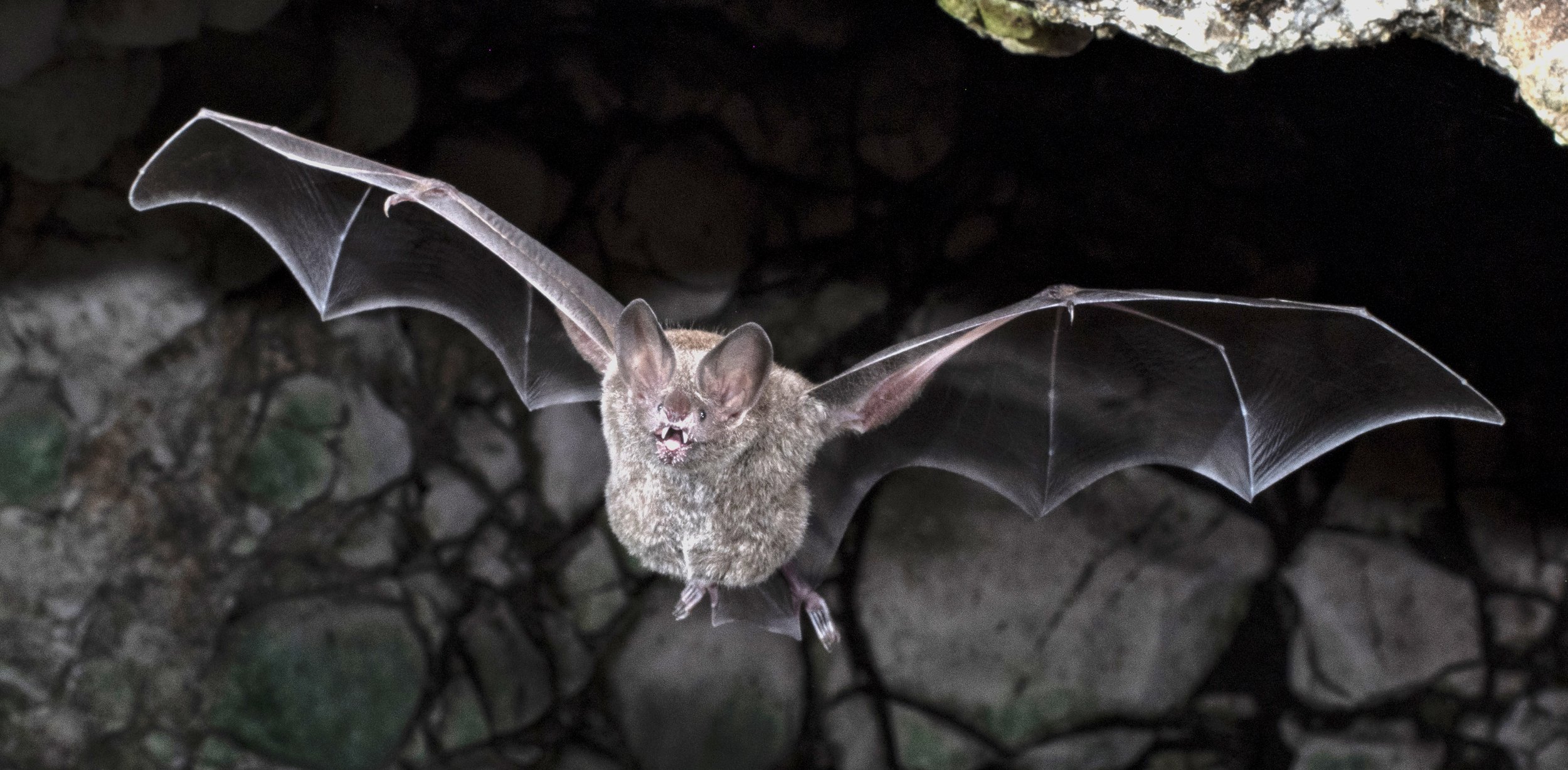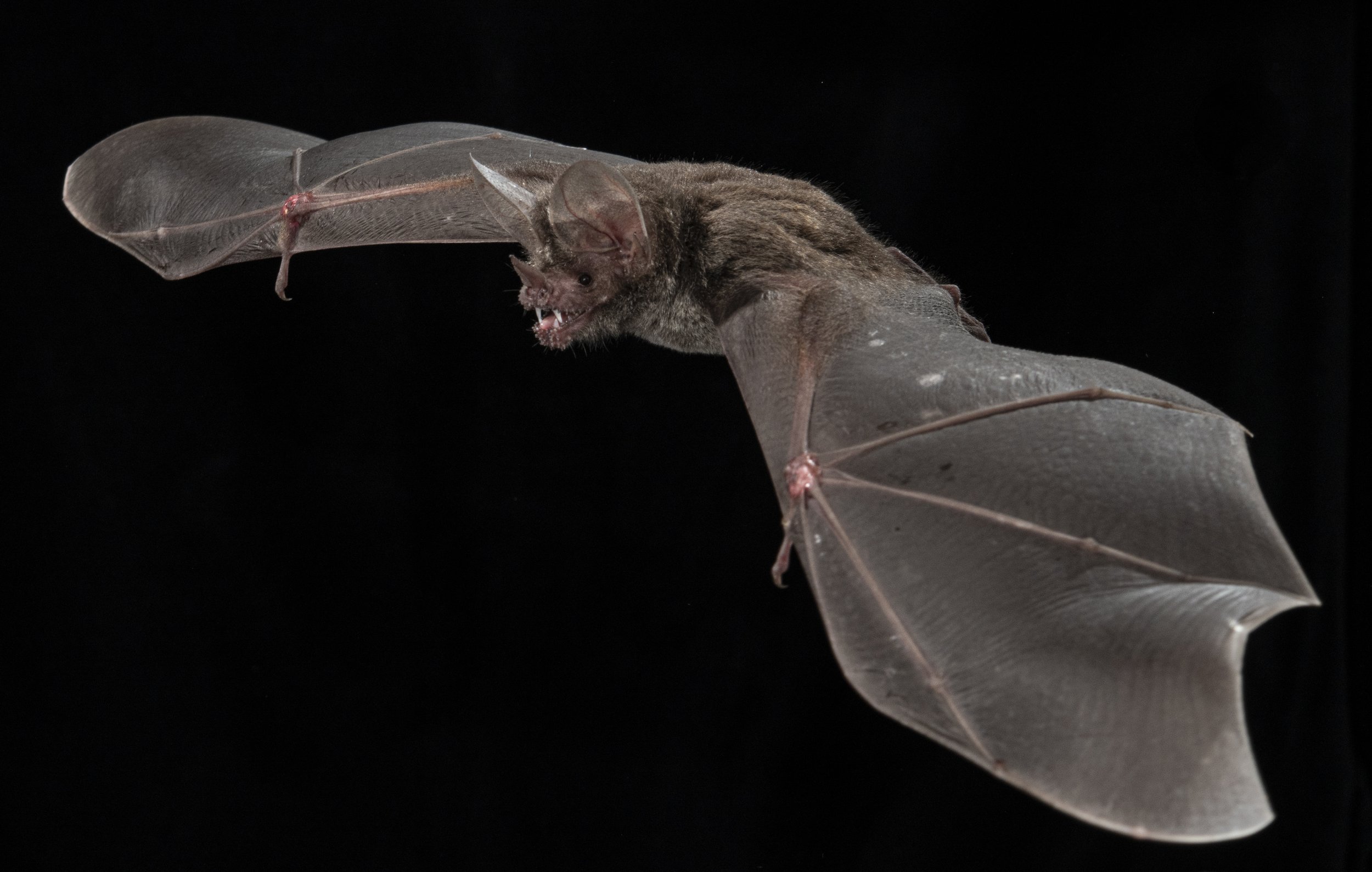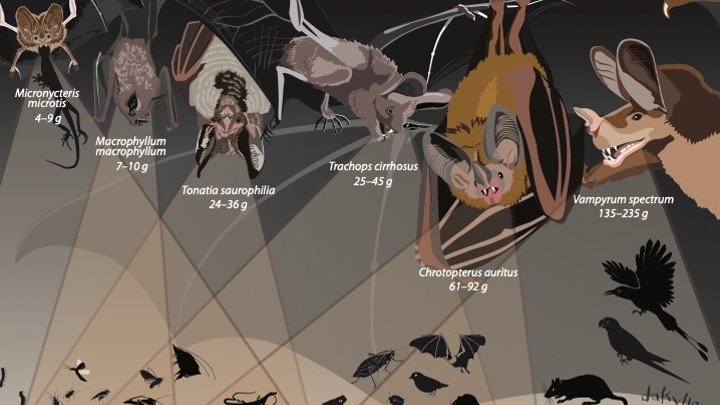The Bats

Photo by Brock Fenton
Decision-making strategies in frog-eating bats
For my PhD, I have explored learning and decision-making strategies that underlie foraging behavior in wild bats in Panama. My dissertation investigated questions of economic rationality in frog-eating bats (Trachops cirrhosus) as I varied the context of their foraging decisions, energetic state, and the amount of information available. My previous work has shown that in some contexts, frog-eating bats perform quite well at decision-making tasks which we humans routinely fail at. When we manipulated several aspects of frog calls that bats are choosing from, we found that bats largely make rational decisions. Additionally, these bats make rapid decisions independent of the number of options they are choosing from or the complexity of the choice. In other contexts, we have observed common decision-making errors, similar to those which we humans and other animals are prone, targeting larger frog choruses when both choruses are small but no longer distinguishing between larger choruses.
Decision-making strategies across foraging guilds in Neotropical bats
Bats provide a wonderful system for identifying the ways in which an animal’s diet, physiological condition, and environmental complexity all influence the presence and magnitude of certain decision-making strategies. There are over 1300 known species of bats in the world, making them the second most speciose group of mammals, behind rodents. They are, however, the most diverse group in terms of their diets. Within closely related species, diets can be quite diverse including nectivores, frugivores, insectivores, piscivores, sanguivores, and carnivores. Even within these categories, there is quite a bit of variability in diet breadth and foraging strategy. I have begun to explore similar decision-making strategies in other bat species.
Photo by Gregg Cohen
From Hemingway et al. (2020): The Omnivore’s Dilemma: The Paradox of the Generalist Predators


